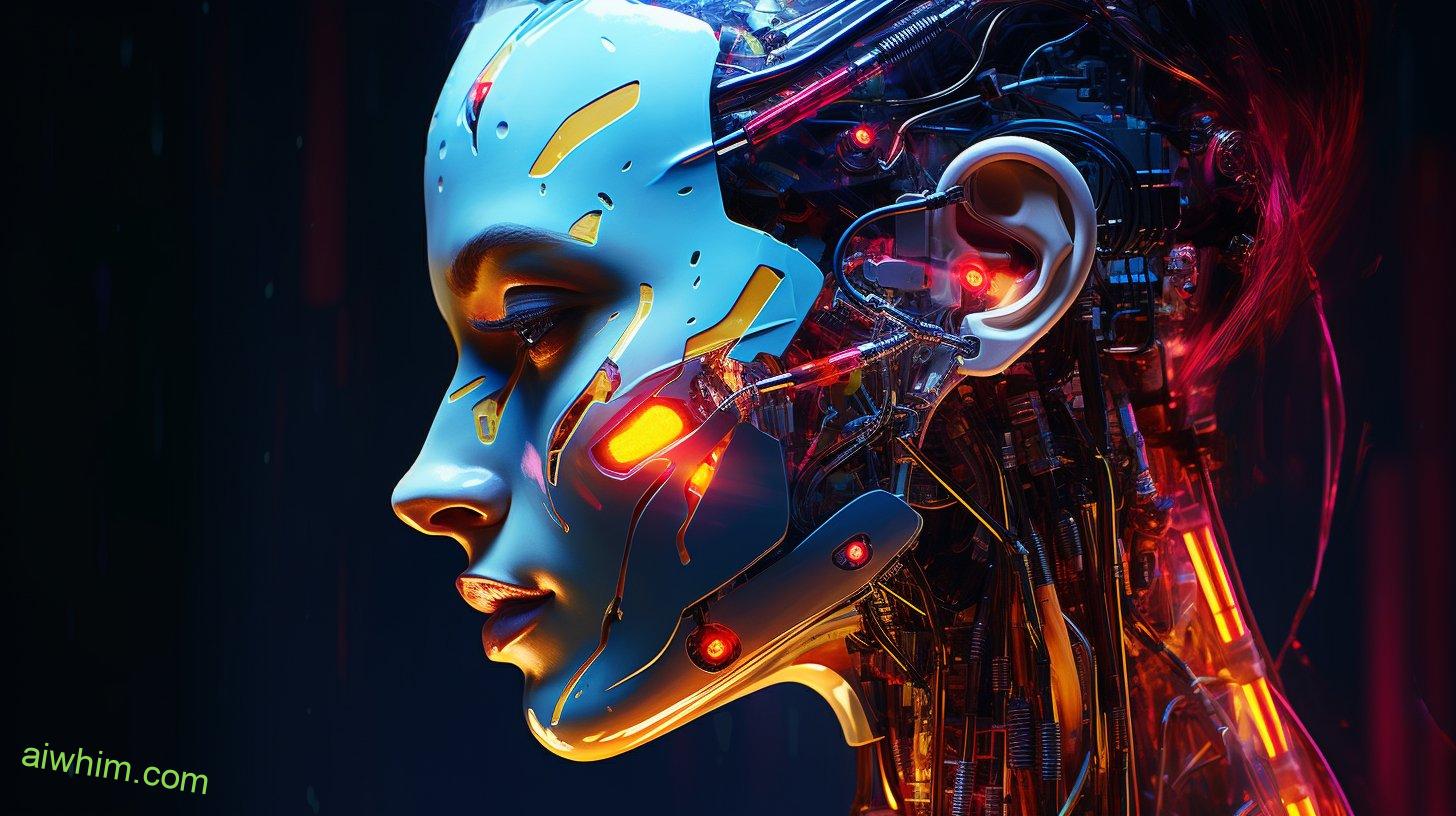Imagine a world where the hum of washing machines and the scent of fresh laundry no longer accompany the diligent work of laundry and dry-cleaning workers. As technology continues to advance, the introduction of Artificial Intelligence (AI) in this industry brings forth both promises and perils.
The question looms: what are the employment risks that AI poses for these workers? From the automation of laundry processes to the potential cost savings with AI implementation, this discussion will explore the impact of AI on job roles and tasks, while also delving into strategies for workers to adapt to this disruptive technological shift.
Key Takeaways
- AI systems have automated tasks in the laundry industry, leading to a decrease in the number of human workers.
- The adoption of AI systems has created new job opportunities in areas such as system operation and data analysis.
- Integrating AI systems into laundry processes requires training data, regular updates, and maintenance.
- Ethical concerns include potential job displacement and privacy/security of customer data.

Current State of the Laundry Industry
The laundry industry is currently experiencing significant changes due to advancements in technology and the adoption of AI systems. These changes have greatly impacted the state of the laundry industry and have had a profound effect on job roles within the industry.
With the rise of AI technology, many tasks that were previously carried out by human workers can now be automated. This has led to a decrease in the number of traditional job roles within the industry. Jobs such as sorting, folding, and packaging laundry can now be efficiently performed by AI systems, reducing the need for human intervention. As a result, many workers in the laundry industry are facing the risk of unemployment or job displacement.
However, it’s important to note that while AI systems are capable of performing certain tasks, they still require human oversight and intervention in many aspects of the laundry process. For example, AI systems may struggle with identifying and handling delicate or heavily stained garments. Human workers are still needed to provide expertise and ensure quality control.
Moreover, the adoption of AI systems in the laundry industry has also created new job opportunities. Technicians are now needed to operate and maintain the AI systems, as well as troubleshoot any technical issues that may arise. Additionally, there’s a growing demand for workers with knowledge and skills in data analysis and programming, as AI systems generate vast amounts of data that need to be analyzed and optimized.

Introduction of AI in Laundry and Dry-Cleaning
With the current state of the laundry industry being greatly influenced by advancements in technology and the adoption of AI systems, it’s important to understand the introduction of AI in laundry and dry-cleaning.
AI implementation challenges arise when integrating AI systems into laundry and dry-cleaning processes. One of the main challenges is ensuring that the AI algorithms accurately identify and sort different types of fabrics and garments. This requires a significant amount of training data to teach the AI system how to recognize and handle various clothing items.
Additionally, maintaining the AI system and ensuring its reliability can be a challenge, as it requires regular updates and maintenance to keep up with changing fashion trends and new fabrics.
Ethical implications also come into play with the introduction of AI in laundry and dry-cleaning. One concern is the potential job displacement of human workers. As AI systems become more advanced and efficient, there’s a risk that human workers may be replaced by machines, leading to unemployment and loss of livelihoods.
Another ethical concern is the privacy and security of customer data. AI systems in laundry and dry-cleaning may collect data about customers’ clothing preferences and habits, raising questions about how this data is stored, used, and protected.

Impact of AI on Job Roles and Tasks
As AI continues to advance, its impact on job roles and tasks within the laundry and dry-cleaning industry becomes increasingly evident. The introduction of AI technologies in this industry has the potential to significantly reshape the job market and require a workforce transition.
One of the key ways AI is impacting job roles is through automation. Tasks that were once performed by humans, such as sorting, folding, and packaging laundry, can now be efficiently completed by AI-powered machines. This automation reduces the need for manual labor and can lead to a decrease in the number of workers required in these roles.
However, it’s important to note that while AI may automate certain tasks, it doesn’t necessarily eliminate the need for human workers altogether. AI technologies still require human oversight and maintenance, creating new job roles in areas such as AI system management and maintenance.
The introduction of AI also opens up new opportunities for workers in the laundry and dry-cleaning industry. With the implementation of AI technologies, there’s a growing demand for individuals with technical skills and expertise in operating and maintaining AI systems. This creates potential for workers to upskill or transition into these new roles, ensuring that they remain relevant in the changing job market.
In addition to technical skills, workers in the industry may also need to develop other transferable skills. As AI takes over routine and repetitive tasks, there’s an increasing demand for workers who possess critical thinking, problem-solving, and customer service skills. These skills will be essential in roles that require human interaction, such as customer service representatives and quality control supervisors.

Automation of Laundry Processes
As AI technologies continue to revolutionize the laundry and dry-cleaning industry, the automation of laundry processes becomes increasingly prominent. Automated laundry systems are now being implemented, which has a significant impact on small businesses.
Automation in the laundry industry brings about several advantages. Firstly, it increases efficiency by reducing the time and effort required for laundry processes. With automated systems, tasks such as sorting, washing, drying, and folding can be completed faster and with minimal human intervention. This allows businesses to handle larger volumes of laundry in a shorter period, improving productivity and customer satisfaction.
Moreover, automated laundry systems also enhance the quality and consistency of the laundry service. These systems are designed to follow precise instructions and ensure that each garment is treated appropriately. They can adjust water levels, temperature, and detergent usage according to the fabric type, resulting in better cleaning outcomes. The consistency provided by automation eliminates the risk of human error and ensures that every customer receives the same high standard of service.
While the automation of laundry processes offers numerous benefits, it also poses challenges for small businesses. Implementing automated systems requires a significant initial investment, which may be a barrier for some small-scale laundries. Additionally, the maintenance and repair of these systems can be costly, especially for businesses operating on limited budgets. This can put smaller establishments at a disadvantage compared to larger competitors who have the financial resources to invest in automation.
Despite these challenges, the automation of laundry processes is an inevitable progression in the industry. Small businesses must carefully evaluate the potential benefits and drawbacks before deciding to invest in automated systems. By leveraging technology effectively, they can improve efficiency, enhance service quality, and stay competitive in the evolving laundry market.
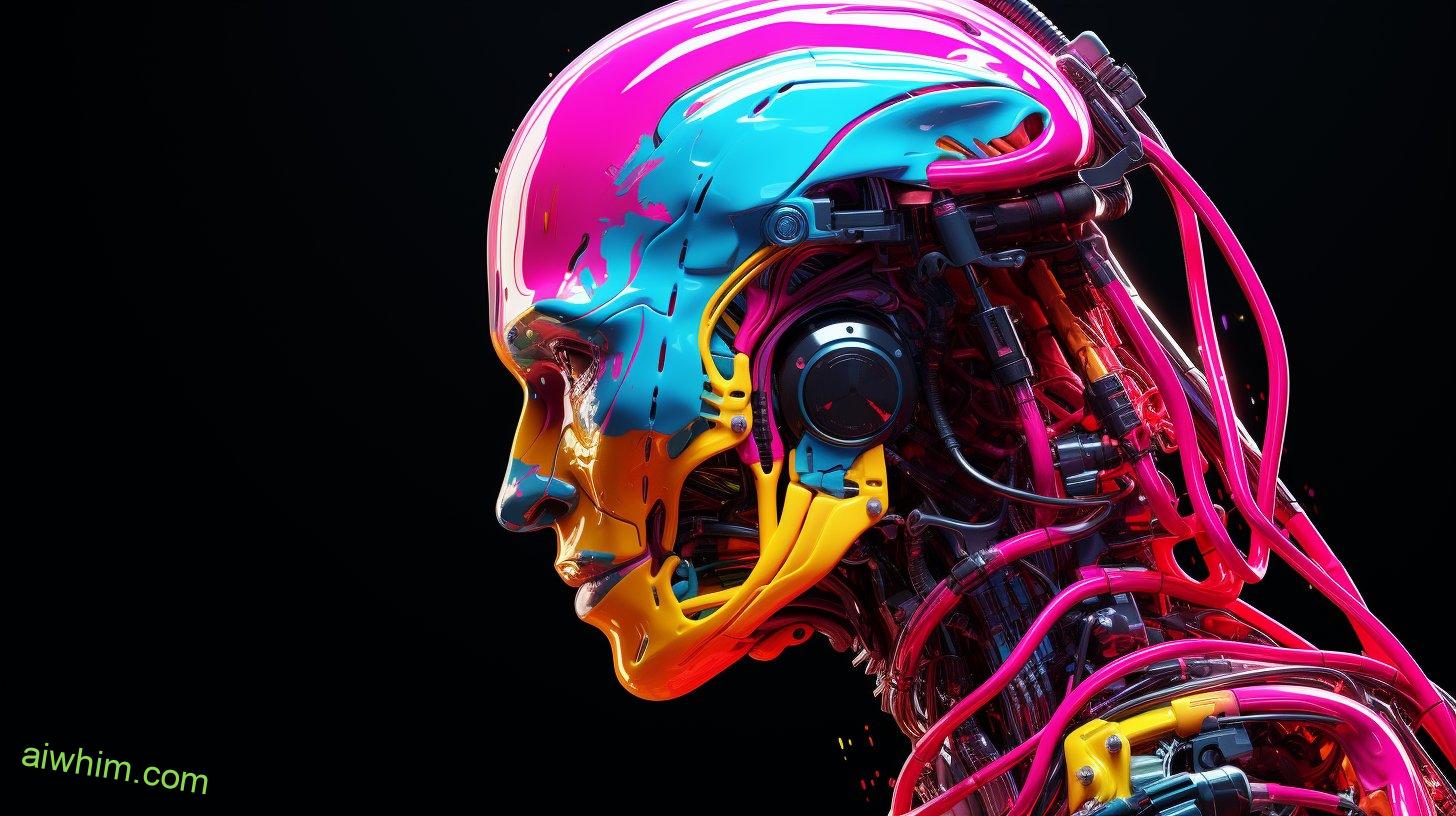
Efficiency Improvements Through AI Technology
AI technology has revolutionized the laundry and dry-cleaning industry, leading to significant efficiency improvements. With automation benefits and productivity enhancements, AI has transformed the way laundry processes are carried out.
Here are some of the ways AI has made the industry more efficient:
- Streamlined operations: AI-powered machines can automatically sort, wash, dry, and fold clothes, eliminating the need for manual labor. This reduces the time and effort required to complete these tasks, resulting in faster turnaround times for customers.
- Optimized resource allocation: AI algorithms can analyze data and predict demand patterns, allowing laundry businesses to better manage their inventory and allocate resources accordingly. This prevents overstocking or understocking of supplies, ensuring smooth operations and reducing wastage.
- Improved quality control: AI technology can detect stains, damages, or any issues with garments, ensuring that only clean and well-maintained items are returned to customers. This reduces customer complaints and enhances overall satisfaction.
- Enhanced customer experience: AI-powered chatbots and virtual assistants can handle customer inquiries and provide personalized recommendations, improving the overall customer experience. This 24/7 availability and prompt assistance ensure that customer needs are met efficiently.
- Data-driven decision-making: AI technology can analyze vast amounts of data, including customer preferences, trends, and operational metrics. This enables laundry businesses to make data-driven decisions, such as adjusting pricing, optimizing routes for delivery, and improving overall efficiency.
These efficiency improvements brought about by AI technology haven’t only benefited laundry and dry-cleaning businesses but also customers who can now enjoy faster and more reliable services. By leveraging automation benefits and productivity enhancements, the industry has become more efficient, allowing for smoother operations and improved customer satisfaction.
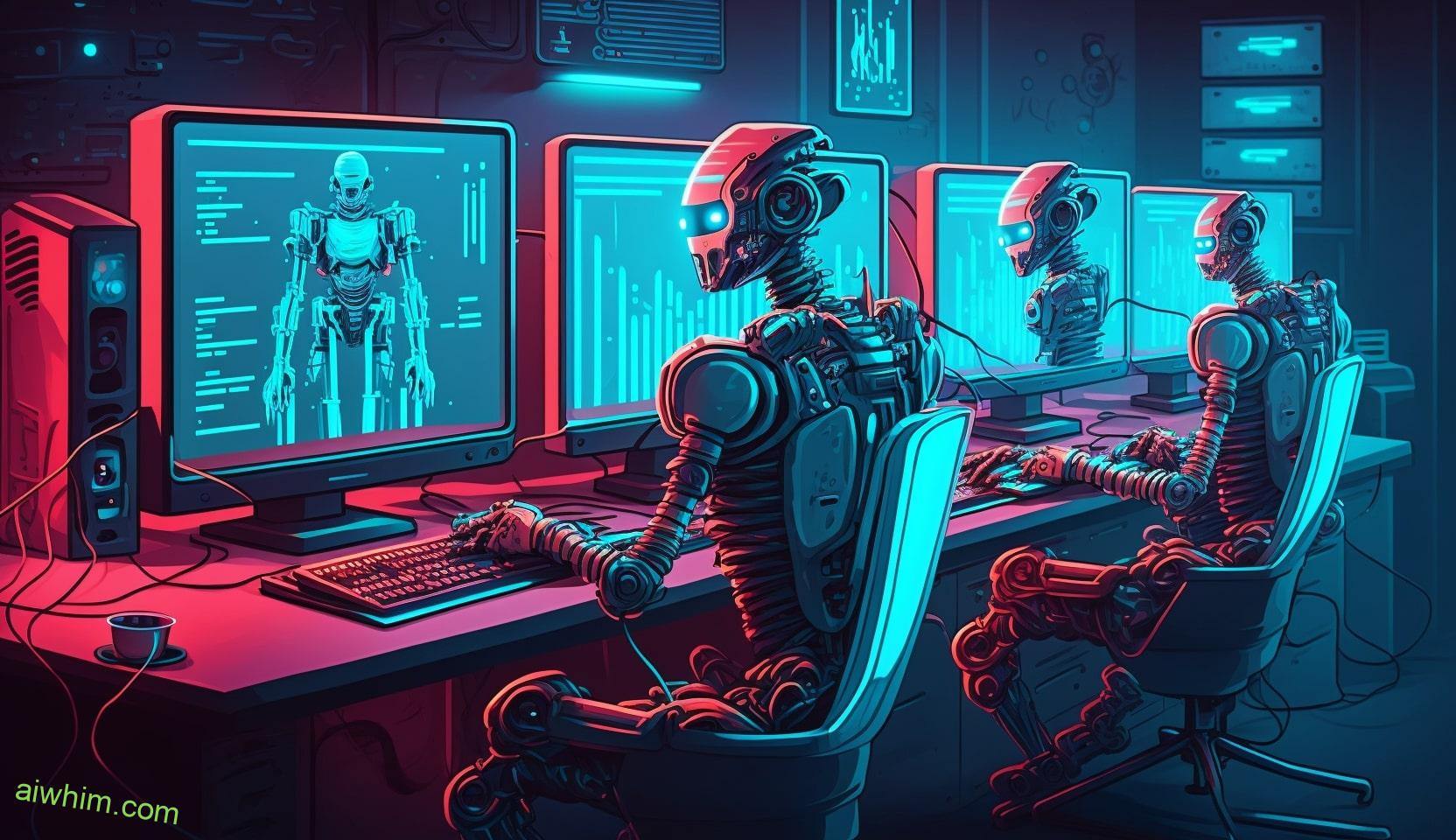
Potential Job Displacement for Workers
Workers in the laundry and dry-cleaning industry may face potential job displacement due to the increasing implementation of AI technology. While AI brings efficiency improvements, it also poses a significant risk to human employment in these sectors. As machines become more advanced, they can perform tasks that were once exclusive to human workers. This shift in technology has raised concerns about the future of jobs in the industry, and the need for job retraining and the economic impact it may have.
As AI technology continues to evolve, it’s expected that certain tasks performed by laundry and dry-cleaning workers will be automated. Machines can now sort, wash, dry, and fold clothes with increasing accuracy and efficiency. This automation can streamline the process and reduce costs for businesses, but it also means that fewer human workers will be needed. This potential job displacement could have a significant impact on the livelihoods of many workers in the industry.
Job retraining becomes crucial in mitigating the negative effects of AI on employment. As workers face potential displacement, they need access to opportunities for acquiring new skills and transitioning into other industries. Governments and businesses should invest in programs that provide training and support to help workers adapt to the changing job market. By equipping workers with new skills and knowledge, they can remain employable and find alternative employment in emerging sectors.
The economic impact of job displacement in the laundry and dry-cleaning industry can’t be ignored. As workers lose their jobs, they may face financial hardships and struggle to find stable employment. This can lead to a decrease in consumer spending and a decline in the overall economy. It’s essential for policymakers and businesses to consider the potential consequences of AI implementation and develop strategies to mitigate any negative economic effects.
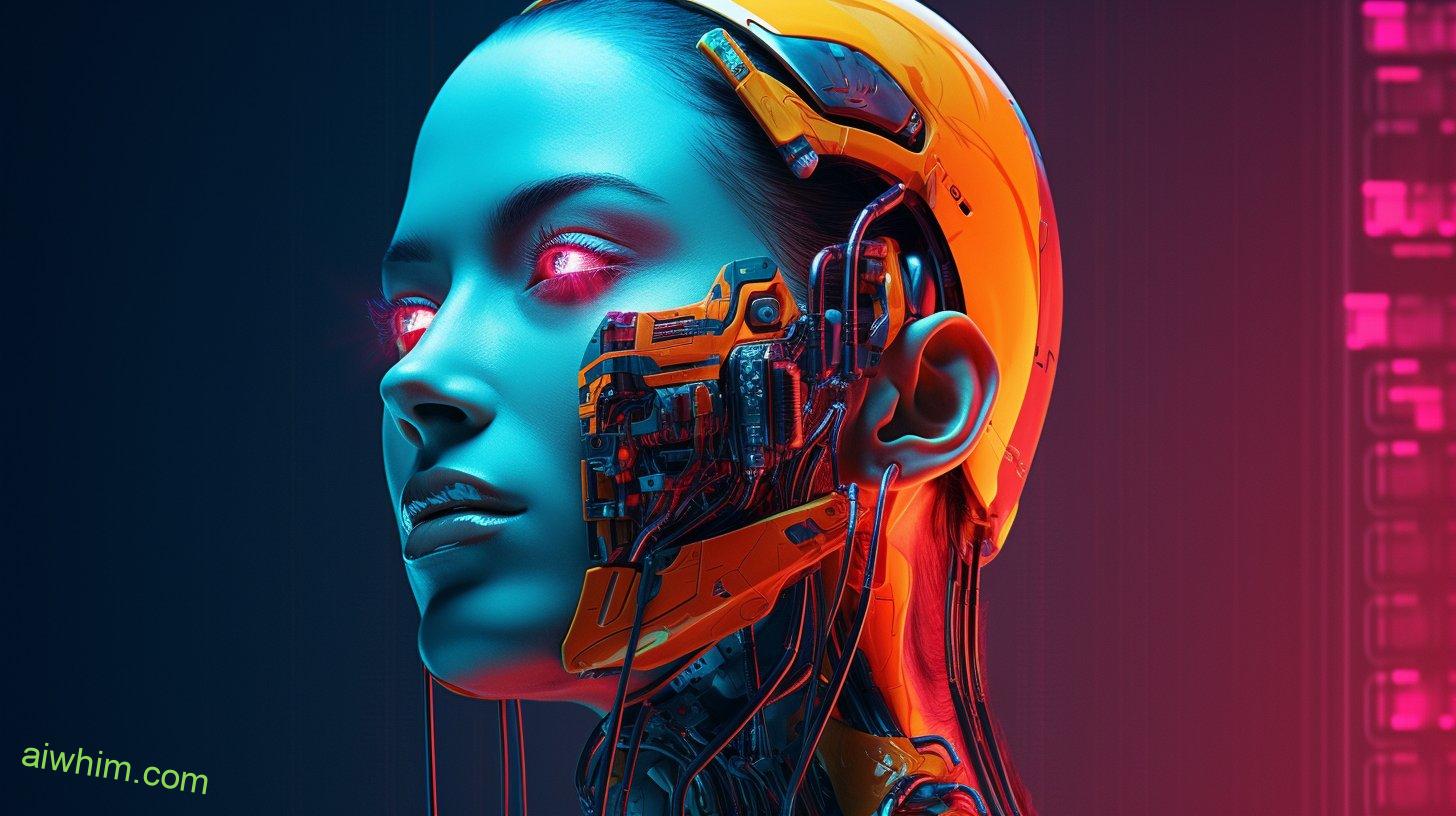
Skills and Training Required for AI Integration
To successfully integrate AI technology into the laundry and dry-cleaning industry, you’ll need to acquire specific skills and undergo training. As AI becomes more prevalent in the workplace, it’s essential to stay ahead of the curve and equip yourself with the necessary knowledge and expertise.
Here are some key skills and training that you should consider:
- Data Analysis: With AI technology, the ability to analyze and interpret data is crucial. By understanding how to collect, organize, and analyze data effectively, you can uncover valuable insights that can drive business decisions and improve operational efficiency.
- Machine Learning Algorithms: Familiarizing yourself with machine learning algorithms is essential for leveraging AI technology. These algorithms allow machines to learn from data and make accurate predictions or decisions. Understanding how these algorithms work and their applications can help you effectively implement AI solutions in the laundry and dry-cleaning industry.
- Programming: Having a basic understanding of programming languages, such as Python or R, is beneficial. Programming skills enable you to develop, customize, and maintain AI systems, ensuring they align with your specific business needs.
- Ethics and Privacy: As AI technology continues to advance, it’s crucial to be aware of ethical considerations and privacy concerns. Understanding the potential impact of AI on privacy, data security, and bias is essential for responsible AI integration.
- Continuous Learning: AI technology is continually evolving, and it’s vital to keep up with the latest developments and trends. Engaging in continuous learning, such as attending workshops, webinars, or online courses, can help you stay updated and adapt to new AI advancements.

The Role of AI in Customer Service
As you explore the advancements in AI technology and its integration into the laundry and dry-cleaning industry, it’s important to understand the significant role it plays in customer service. AI in customer interactions has revolutionized the way businesses engage with their customers, providing efficient and personalized experiences.
One of the key aspects of AI in customer service is the use of AI-powered virtual assistants. These virtual assistants are designed to interact with customers, answer their queries, and provide them with the information they need. Whether it’s through chatbots on websites or voice-enabled assistants on phone lines, AI has made it possible for businesses to provide round-the-clock support to their customers.
AI-powered virtual assistants have several advantages over traditional customer service methods. They’re available 24/7, eliminating the need for customers to wait for business hours to get their concerns addressed. They can handle multiple inquiries simultaneously, ensuring that no customer is left waiting for a response. Moreover, these virtual assistants can analyze customer data and provide personalized recommendations, enhancing the overall customer experience.
With AI in customer service, businesses can streamline their operations and reduce costs by automating simple and repetitive tasks. This allows human employees to focus on more complex customer requests, ensuring that each customer receives the attention and assistance they deserve.
However, it’s important to strike a balance between AI and human interaction in customer service. While AI-powered virtual assistants can handle routine inquiries efficiently, there are situations where a human touch is necessary. Businesses need to ensure that customers have the option to speak with a human representative whenever needed.

AI-Powered Inventory Management Systems
Have you ever wondered how AI can revolutionize inventory management in the laundry and dry-cleaning industry? With the implementation of AI-powered inventory management systems, businesses in this sector can overcome various inventory management challenges and reap several benefits.
Here are five ways AI can transform inventory management in the laundry and dry-cleaning industry:
- Real-time tracking: AI-powered systems can track inventory levels in real-time, providing accurate and up-to-date information on stock availability. This helps businesses avoid stockouts or overstocking, ensuring that they’ve the right products on hand when customers need them.
- Automated forecasting: AI algorithms can analyze historical data, customer preferences, and market trends to predict future demand. By automating the forecasting process, businesses can optimize their inventory levels, reduce waste, and improve overall efficiency.
- Smart reordering: AI-powered systems can automatically generate purchase orders based on predefined inventory thresholds. This eliminates the need for manual reordering, saving time and reducing the risk of human errors.
- Optimized storage: AI can analyze data on product characteristics, such as size, weight, and material, to suggest the most efficient storage options. By optimizing storage space, businesses can maximize the use of their facilities and reduce costs.
- Enhanced inventory visibility: AI-powered systems can provide real-time visibility into inventory across multiple locations or branches. This enables businesses to make informed decisions about stock transfers, ensuring that they can meet customer demand efficiently.
The implementation of AI-powered inventory management systems in the laundry and dry-cleaning industry can help businesses overcome inventory management challenges and achieve greater efficiency and profitability. By leveraging AI technology, these businesses can optimize their operations, improve customer satisfaction, and stay ahead of the competition.

Ethical Considerations in AI Adoption
When considering the adoption of AI in the laundry and dry-cleaning industry, it’s crucial to address the ethical implications that arise from its implementation. As AI technology becomes more prevalent in various sectors, it’s important to ensure that its adoption doesn’t lead to negative societal impact.
One of the primary ethical concerns surrounding AI in this industry is the potential displacement of human workers. While AI can streamline processes and increase efficiency, it also has the potential to eliminate jobs and contribute to unemployment. This raises questions about the responsibility of businesses and policymakers to mitigate the negative consequences of AI adoption.
Another ethical consideration is the potential for bias in AI algorithms. AI systems are trained on data, and if that data contains biases or discriminatory patterns, the AI can perpetuate and amplify those biases. In the context of laundry and dry-cleaning, this could manifest in biased hiring practices, discriminatory pricing, or unequal treatment of customers. It’s essential to ensure that AI systems are programmed and trained in a way that’s fair, unbiased, and transparent.
Additionally, the widespread adoption of AI in the laundry and dry-cleaning industry may raise concerns about data privacy and security. AI systems require vast amounts of data to function effectively, and this data often includes personal information about customers. Safeguarding this data and protecting individuals’ privacy should be a top priority when implementing AI solutions.

Challenges in Implementing AI in the Industry
Implementing AI in the laundry and dry-cleaning industry presents a myriad of challenges that businesses must navigate. As you explore the integration of AI technologies into your operations, it’s important to consider the ethical implications and the impact on small businesses. Here are some key challenges you may encounter:
- Cost: Implementing AI systems can be expensive, especially for small businesses with limited financial resources. From purchasing the necessary hardware and software to training employees, the upfront investment can be significant.
- Data privacy: AI systems require access to large amounts of data to function effectively. However, this raises concerns about the privacy and security of customer information. Ensuring that your AI systems comply with data protection regulations is crucial to maintaining trust with your customers.
- Employee resistance: Introducing AI into the workplace may elicit resistance from employees who fear that their jobs will be replaced. It’s essential to communicate the benefits of AI and show how it can enhance their work rather than replace them. Providing training and upskilling opportunities can help alleviate these concerns.
- Technical limitations: AI technologies are constantly evolving, but they still have limitations. It’s important to understand these limitations and set realistic expectations for what AI can and can’t do. Overreliance on AI without human oversight could lead to errors or biased outcomes.
- Ethical considerations: AI can raise ethical concerns, such as algorithmic bias or discriminatory practices. It’s crucial to ensure that your AI systems are designed and trained in a way that’s fair and unbiased, so as not to perpetuate existing inequalities.
Navigating these challenges requires careful planning, open communication, and a commitment to addressing the ethical implications of AI implementation. By doing so, you can harness the potential of AI while minimizing the impact on small businesses and ensuring a fair and inclusive future for the industry.

Potential Cost Savings With AI Implementation
As you address the challenges in implementing AI in the laundry and dry-cleaning industry, it’s important to explore the potential cost savings that can be achieved through AI implementation. AI technology has the potential to greatly impact the cost implications of running a laundry and dry-cleaning business. By automating various processes, AI can streamline operations and reduce expenses.
One significant cost-saving opportunity lies in the reduction of labor costs. With AI, tasks that were previously performed by human workers can now be automated. This means that businesses can potentially reduce their workforce, leading to significant savings in wages and benefits. While this may raise concerns about job security, it’s important to note that AI implementation can also create new roles and opportunities within the industry.
In addition to labor cost savings, AI can also improve efficiency in other areas of the business. For example, AI-powered machines can accurately sort and categorize clothes, ensuring that each item is treated properly. This reduces the risk of damage or errors, minimizing the need for costly rework or compensation for damaged items. AI can also optimize the use of resources such as water, detergent, and energy, further reducing operational costs.
Furthermore, AI can help businesses in the laundry and dry-cleaning industry better manage their inventory. By analyzing data and predicting customer demand, AI systems can optimize stock levels, reducing the risk of overstocking or running out of popular items. This can lead to cost savings by minimizing waste and ensuring that resources are allocated efficiently.

Job Opportunities in Ai-Related Roles
AI implementation in the laundry and dry-cleaning industry opens up exciting job opportunities in AI-related roles. As technology continues to advance, the demand for skilled professionals in this field is on the rise. Here are some of the job opportunities you can explore:
- AI Engineer: As an AI engineer, you’ll be responsible for developing and implementing AI algorithms and models to improve the efficiency and accuracy of laundry and dry-cleaning processes. You’ll work closely with data scientists and software developers to create innovative solutions.
- Data Scientist: In this role, you’ll analyze large sets of data to identify patterns and trends that can be used to optimize laundry and dry-cleaning operations. You’ll develop machine learning models and algorithms to improve the quality of service and customer satisfaction.
- Machine Learning Specialist: As a machine learning specialist, you’ll be involved in designing and training AI systems that can learn and adapt to changing environments. Your expertise will be crucial in developing intelligent machines that can automate various tasks in the laundry and dry-cleaning industry.
- AI Consultant: As an AI consultant, you’ll provide guidance and advice to laundry and dry-cleaning businesses on how to integrate AI technologies into their operations. You’ll assess their needs, recommend suitable AI solutions, and help them navigate the complexities of AI implementation.
- AI Ethicist: In this role, you’ll ensure that AI systems in the laundry and dry-cleaning industry are developed and used ethically. You’ll address concerns related to data privacy, algorithmic bias, and the impact of AI on human workers. Your work will help shape policies and guidelines for responsible AI use.
These are just a few examples of the job opportunities available in AI-related roles. With the increasing adoption of AI in the laundry and dry-cleaning industry, there will be a growing need for skilled professionals who can harness the power of AI to drive innovation and efficiency.

Government Policies and Regulations in AI Employment
To ensure fair and ethical AI employment practices, government policies and regulations play a crucial role in overseeing the implementation and impact of AI in the laundry and dry-cleaning industry. As AI technologies continue to advance, it becomes imperative for governments to establish clear guidelines and regulations to address the potential risks associated with AI employment.
Government regulations serve as a protective measure to safeguard the rights and well-being of workers in the laundry and dry-cleaning industry. By setting standards for the use of AI systems, governments can ensure that employees aren’t subjected to unfair treatment or exploitation. These regulations can outline the responsibilities of employers to provide proper working conditions, fair compensation, and opportunities for skill development, even in the face of increasing automation.
Furthermore, government policies can promote transparency in AI employment practices. Employers should be required to disclose the use of AI systems and algorithms in their operations, ensuring that employees are fully aware of how their work is being assessed and evaluated. This transparency will help prevent biases and discrimination that may arise from AI systems, fostering a more inclusive and equitable work environment.
In addition to protecting workers, government regulations can also address the broader societal implications of AI in the laundry and dry-cleaning industry. Policies can be put in place to ensure that AI technologies aren’t used to replace human workers entirely, but rather to enhance their capabilities and enable them to perform more meaningful tasks. This approach can help mitigate the potential job loss and economic inequalities that may arise from increased automation.
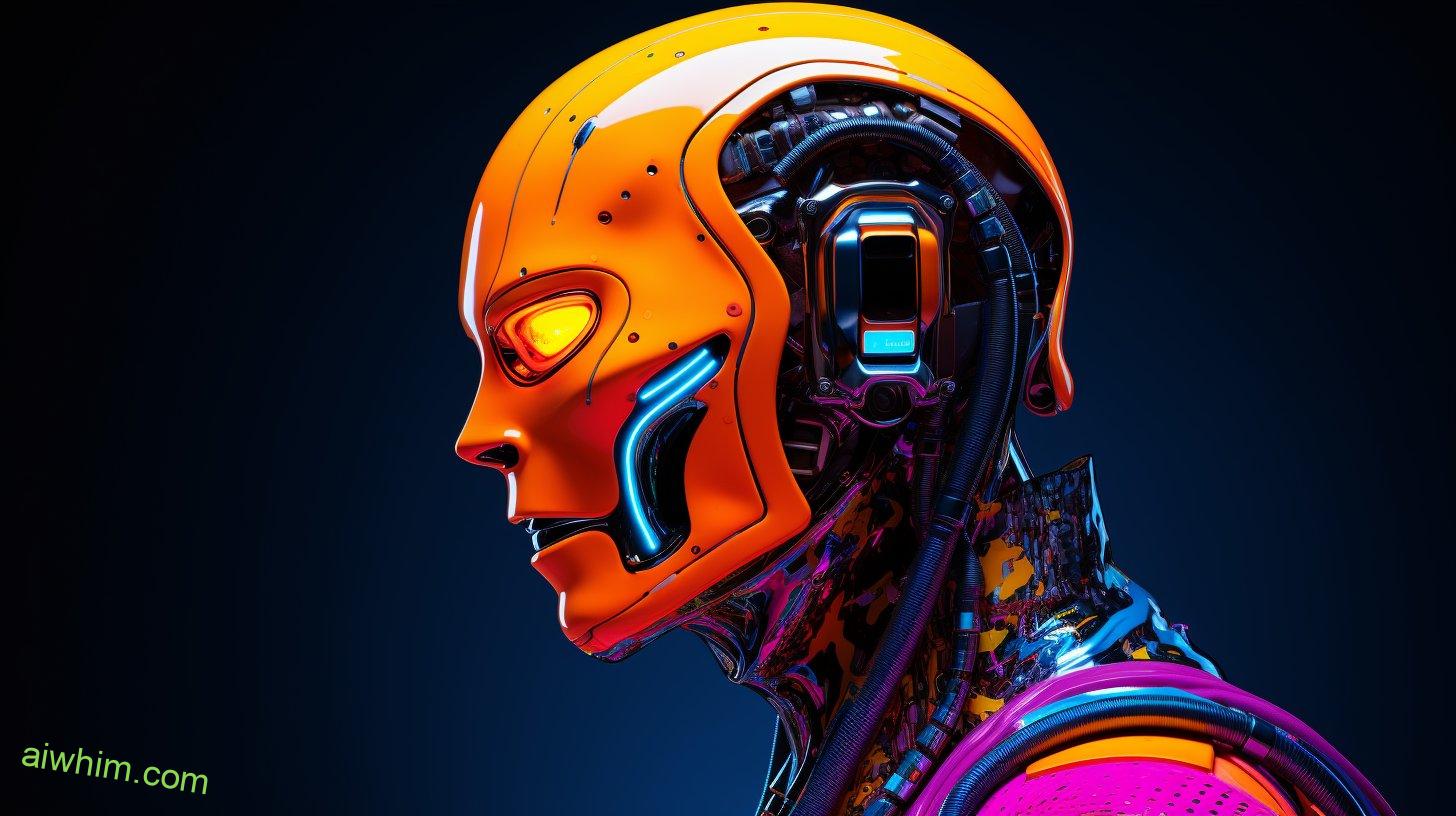
Strategies for Workers to Adapt to AI Disruption
With the changing landscape of AI in the laundry and dry-cleaning industry, you must proactively adapt to the disruptions it brings. The key to successfully navigating this transition is by implementing effective upskilling strategies and seeking job transition support.
Here are some strategies to help you adapt to the AI disruption:
- Embrace continuous learning: Stay updated with the latest advancements in AI and automation technology. Seek out training programs and online courses that can help you develop new skills and enhance your existing ones.
- Develop a growth mindset: Embrace change and view it as an opportunity for personal and professional growth. Be open to learning new tasks and roles that align with the evolving needs of the industry.
- Network and collaborate: Connect with industry professionals, attend conferences, and join online communities to expand your network. Collaborate with others to share knowledge, gain insights, and explore new opportunities.
- Seek job transition support: Look for organizations or government initiatives that offer job transition support programs. These programs can provide you with guidance, resources, and training to help you navigate the changing job market.
- Diversify your skills: Identify transferable skills that can be applied across different industries. By diversifying your skillset, you can increase your employability and adaptability to new roles and technologies.
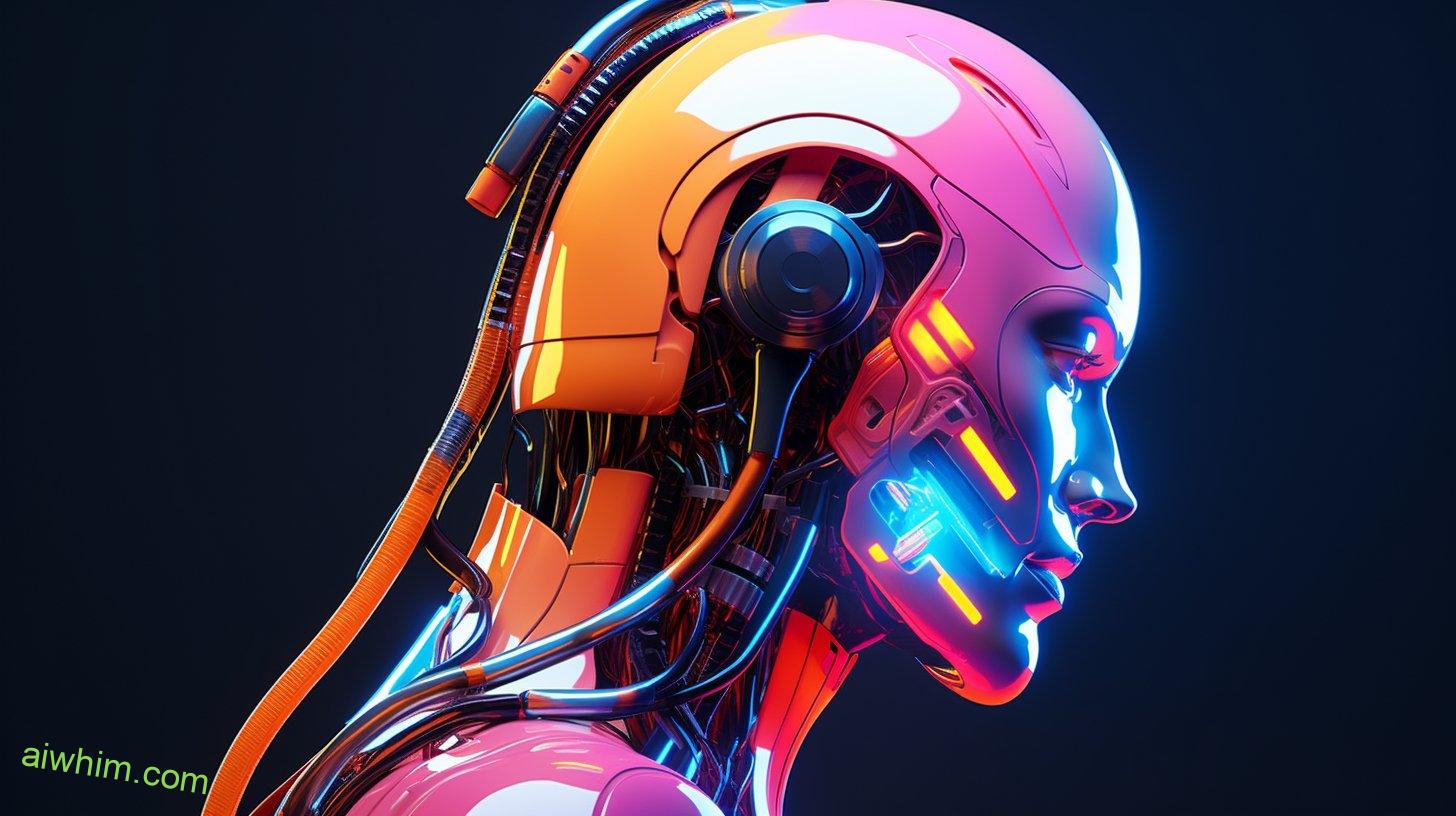
Frequently Asked Questions
What Are the Potential Risks and Challenges in Implementing AI Technology in the Laundry and Dry-Cleaning Industry?
You may face potential job loss and a decrease in customer service if the laundry and dry-cleaning industry implements AI technology. These risks and challenges need to be carefully considered before making any changes.
How Will the Introduction of AI Affect the DAIly Tasks and Job Roles of Laundry and Dry-Cleaning Workers?
As laundry and dry-cleaning workers, you may worry about how AI will impact your daily tasks and job roles. While automation may displace some jobs, it can also create new opportunities for growth and skill development in the industry.
What Specific Skills and TrAIning Will Be Required for Workers to Integrate AI Technology Into Their Job Roles Effectively?
To effectively integrate AI technology into your job role, you’ll need specific skills training. This will equip you with the knowledge and abilities to seamlessly incorporate AI into your work, ensuring a successful integration process.
Are There Any Ethical Considerations or Concerns Regarding the Adoption of AI in the Laundry and Dry-Cleaning Industry?
“Consider the ethical implications of AI adoption in your industry. Job displacement is a concern, but also think about potential biases and privacy issues. Stay informed and advocate for responsible implementation.”
What Strategies Can Workers in the Laundry and Dry-Cleaning Industry Adopt to Adapt to the Disruption Caused by AI Technology?
To adapt to the disruption caused by AI technology and mitigate AI employment risks, workers in the laundry and dry-cleaning industry can explore upskilling opportunities, embrace new technologies, and focus on developing unique human skills.

Conclusion
As AI continues to revolutionize the laundry and dry-cleaning industry, workers must adapt to the changing landscape. Embracing the opportunities presented by AI-related roles and acquiring the necessary skills can help mitigate the risks of job displacement.
With government policies and regulations in place, workers can navigate this disruption more effectively. By implementing strategies to adapt and stay relevant, laundry and dry-cleaning workers can thrive in an industry that’s evolving with the power of AI.






